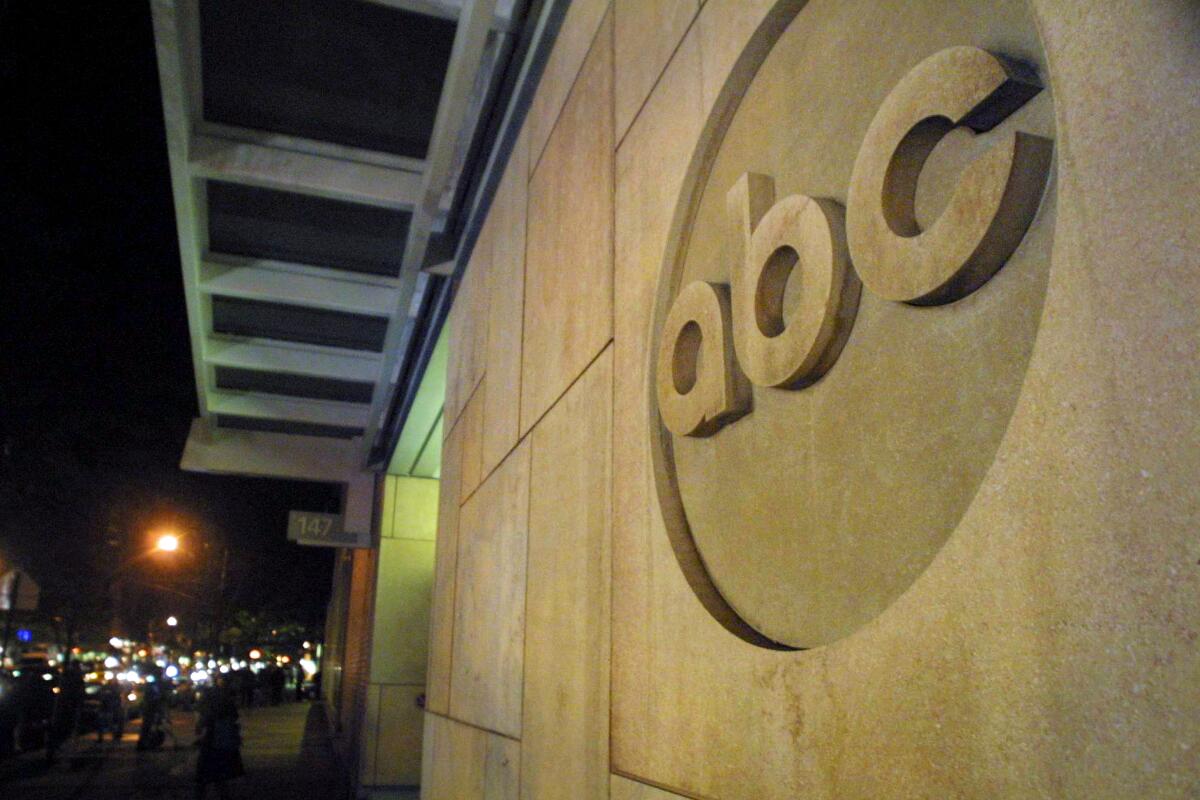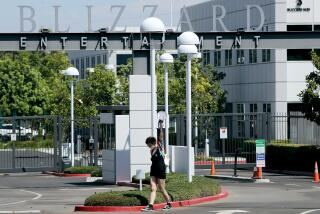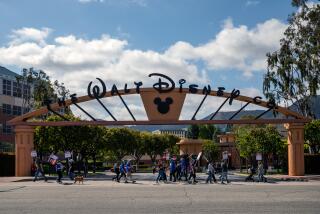More cuts at Disney as ABC News and TV stations shed 75 jobs

- Share via
Another round of layoffs hit the Walt Disney Co. as the company eliminated 75 positions at ABC’s television stations and news division Wednesday.
The cuts were equally distributed among ABC News and the company’s eight owned and operated broadcast outlets including KABC in Los Angeles. On-air reporters or anchors were not affected by the staff reduction, according to a person familiar with the plan who was not authorized to speak publicly. The cuts were described as “surgical,” with no local or network programs eliminated as a result.
“As we look to the future and refining a team that is not only capable of excellence in reporting and delivering the highest quality content but is also streamlined and sustainable, we must occasionally make some tough decisions,” ABC News President Almin Karamehmedovic said in a memo to staff announcing the layoffs.
Familiar faces will be leaving the news division in the latest round of layoffs at Paramount Global, which is looking for $500 million in annual cost savings.
The latest cuts come a week after the Burbank-based entertainment conglomerate shed 300 jobs at the corporate level. Previous rounds occurred in May when 175 jobs were cut from Disney’s Pixar unit. Another 140 employees were let go in July at Disney Entertainment Television.
Last year, Disney announced a goal to eliminate 7,000 positions in an effort to reduce costs and turn a profit for its streaming business. The target was raised to 8,000.
Television news — both local and national — is expected to take the brunt of media layoffs in the coming months as companies struggle to manage the audience‘s shift to streaming video. Networks and stations have made more news programming available online, but streaming news does not attract the same audience levels or ad dollars that supported traditional TV.
More to Read
Inside the business of entertainment
The Wide Shot brings you news, analysis and insights on everything from streaming wars to production — and what it all means for the future.
You may occasionally receive promotional content from the Los Angeles Times.












